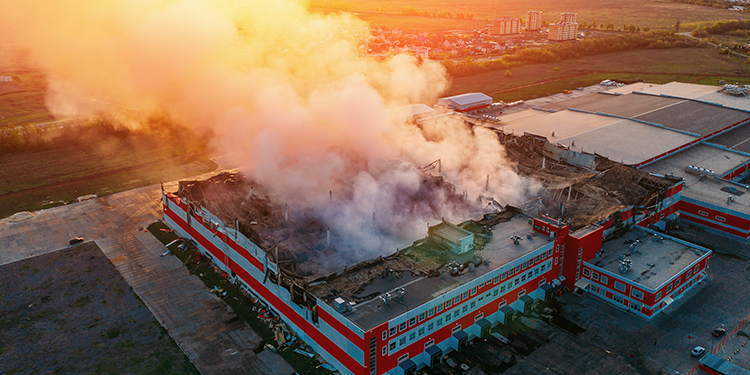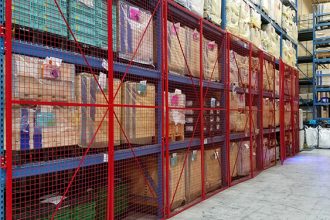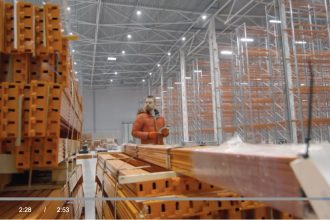High-Pile Storage Fire Protection

Fire codes can be tricky from one situation to the next. Here’s what you need to understand about fire protection for high-pile storage.
Fire protection in the warehouse is non-negotiable and essential. But fire codes evolve over time, and in order to be up to the latest standards, you need to stay on top of those changes. Adding to the complexity is the fact that codes for one type of storage can vary widely from another.
If you have storage that is considered “high pile” by the National Fire Protection Association (NFPA), you are looking at recently updated standards, which can be found in NFPA 13—the 2022 version—which is the standard for the installation of sprinkler systems.
The NFPA publishes more than 300 codes and standards, developed by many different volunteer-run committees. Every three years, the codes change after committee review, so it is essential that you stay up to date on what any of those changes are.
NFPA 13 provides the minimum requirements for the design and installation of automatic fire sprinkler systems. In chapter 13 of the updated code, the codes address high pile classifications. This applies to storage systems that rise over 12 feet high for class one through four commodities. If you’re looking at a plastic commodity, that height is only five or six feet. If you only have a single pallet load of plastic commodities on racking of that height, it falls into the high pile category.
For any storage that falls under the current definitions of high pile, the NFPA requires a high pile permit. A consultant draws your storage racks, looks for encapsulated commodities, shows where the extinguishers are and more. If you need this permit, you’ll need to file away your drawings/schematics. Ensure an engineer looks these over and gives a stamp of approval.
The landscape changes as your storage racks change, too, making the codes all the more confusing. If you add a catwalk, for instance, with 25 feet clearance, you need to know where you begin your measurements. Again, this is a job for a qualified engineer to assist you in completing so that you can be sure of compliance.
There have been four major distribution center fires in the past few years, including one at a QVC and one at a Wal-Mart facility. All were big, tall buildings that undoubtedly included high pile storage, and could provide clues as to whether updated coding was in play and was effective. Unfortunately, no public lessons are available from these DC fires while they remain tied up in litigation.


